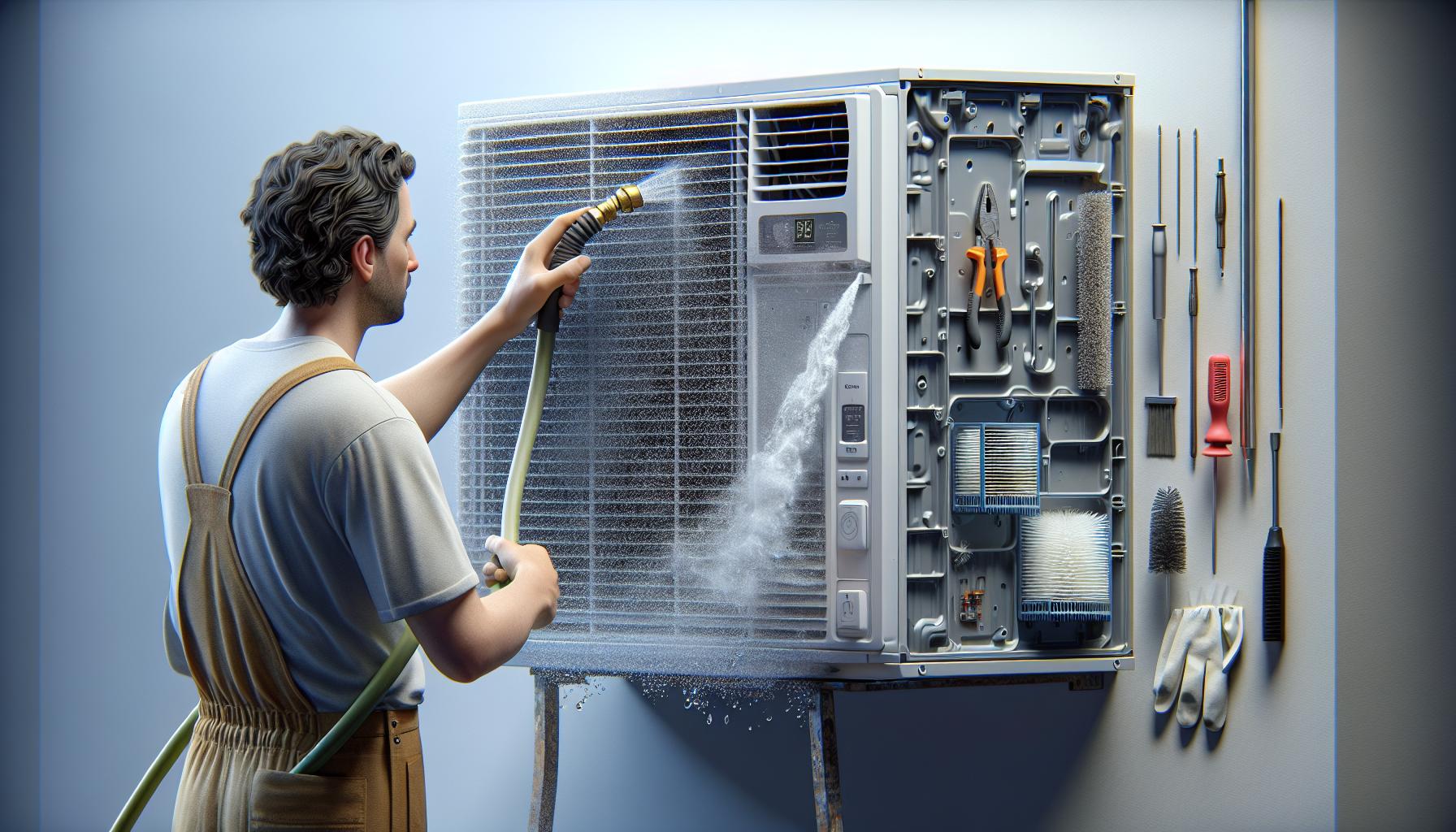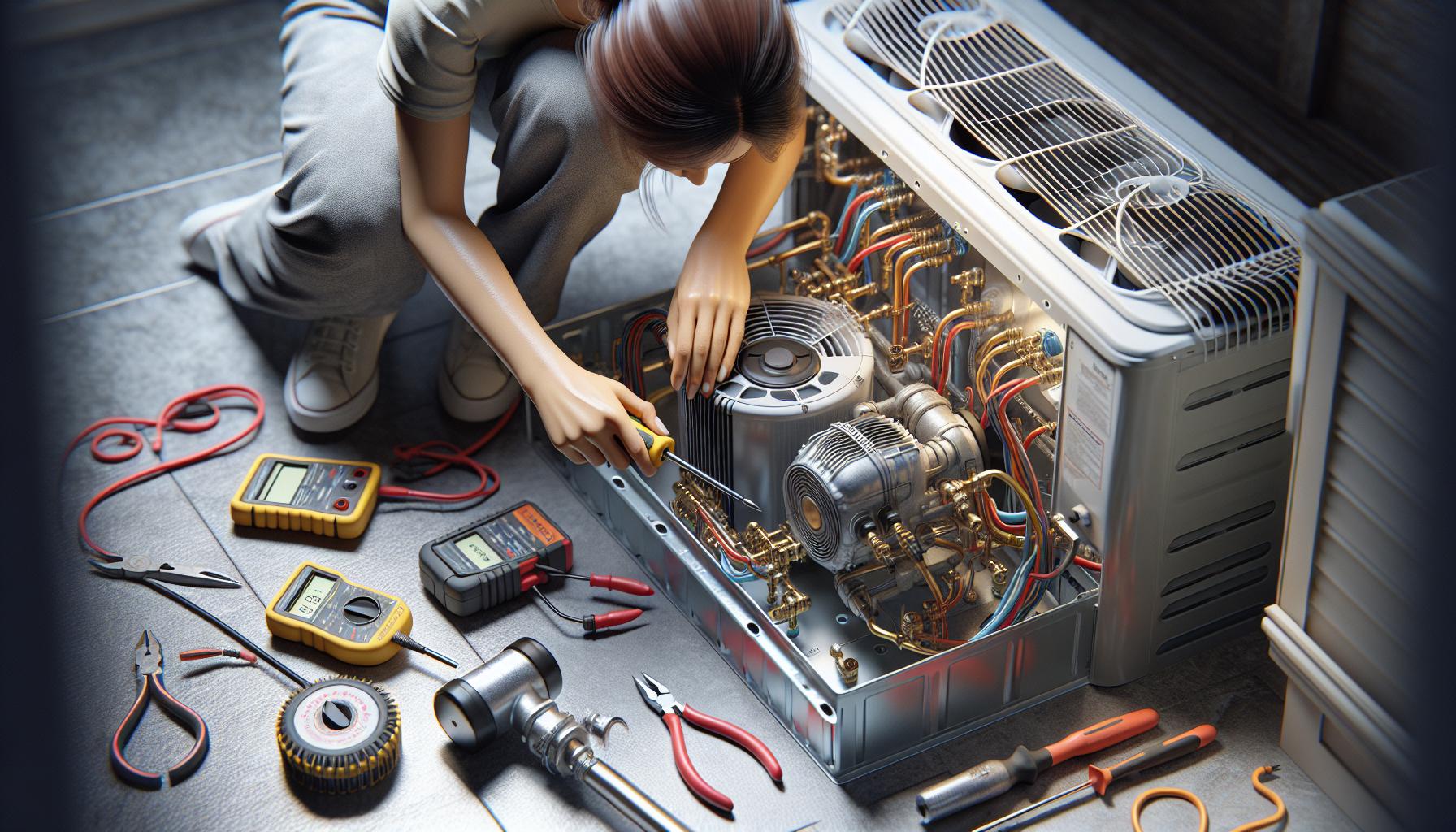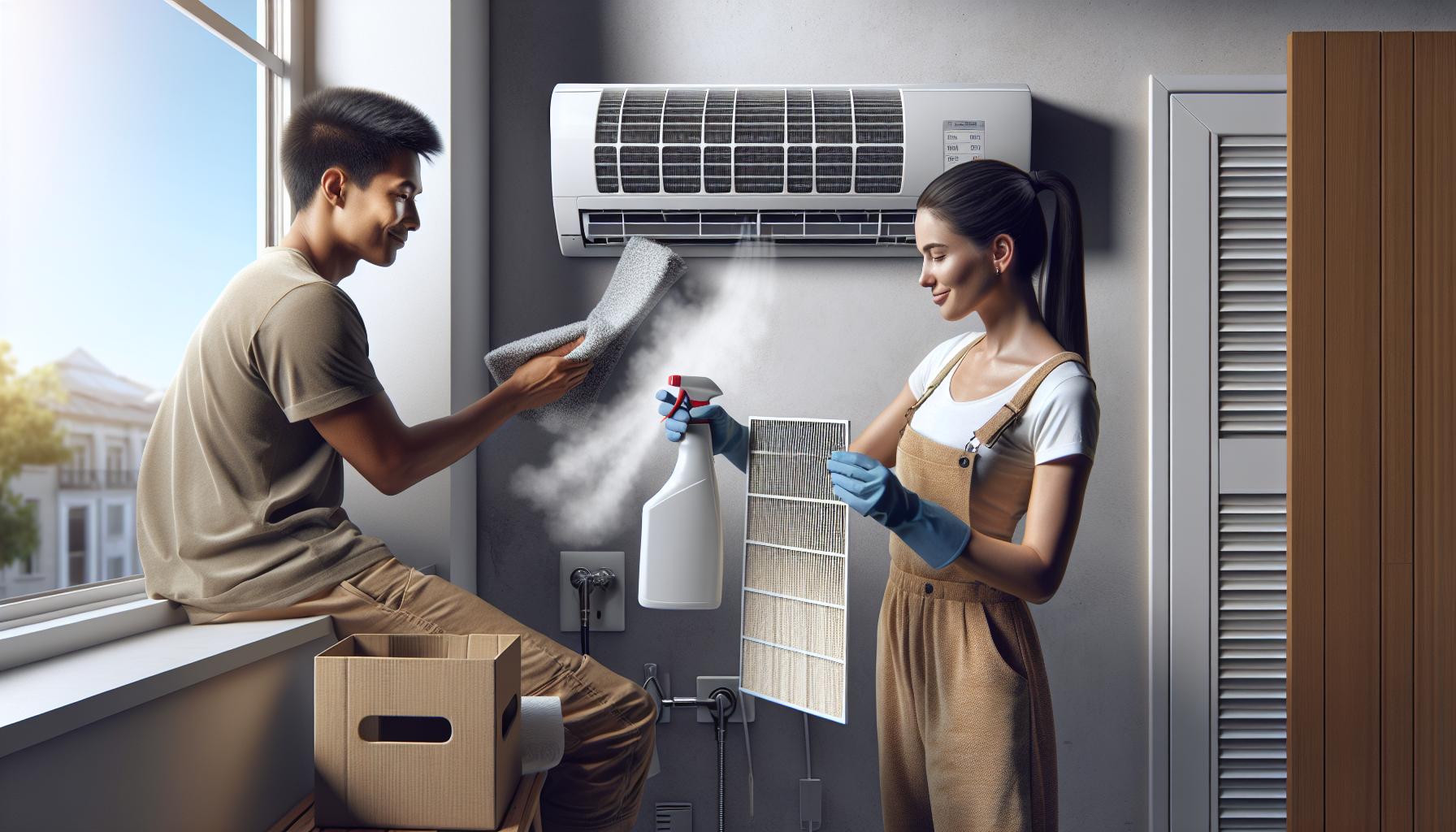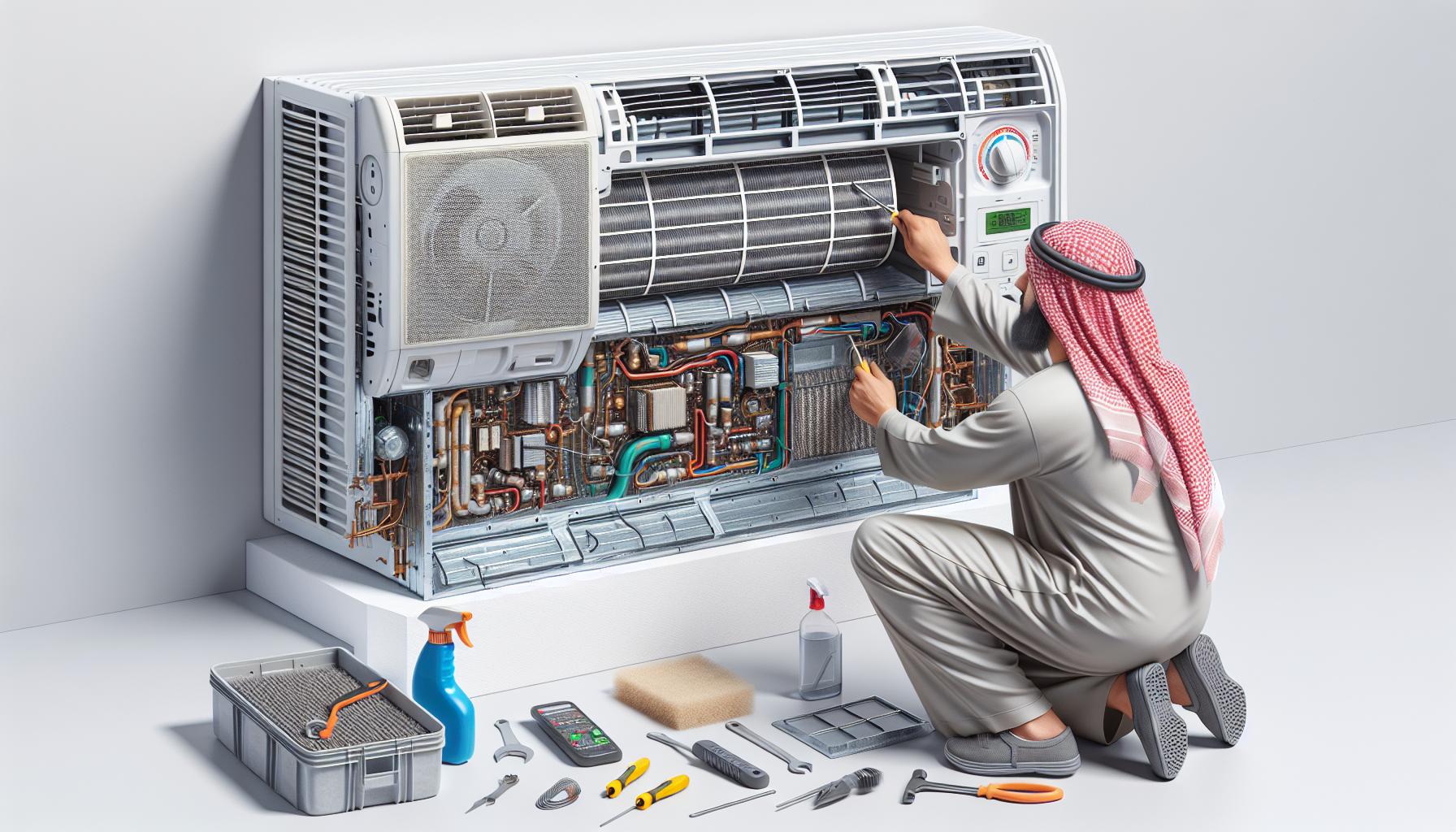Struggling with sticky summers or bone-dry winters in your home? You’re not alone. Controlling humidity levels is key to creating a comfortable living space. Whether it’s condensation on windows or parched air causing discomfort, the balance of moisture in your home impacts both your well-being and the integrity of your house.
Importance of Controlling Humidity in Your Home
Controlling indoor humidity is crucial for maintaining comfort and health in your living space. High humidity levels can lead to the growth of mould and mildew, which are potential allergens and can cause respiratory issues. On the other hand, low humidity can aggravate skin conditions and respiratory problems by drying out mucous membranes.
Optimal Humidity Benefits:
- Preserves the Structure: Your house’s woodwork and infrastructure last longer without the warping and damage caused by excess moisture.
- Energy Efficiency: Maintaining the right humidity can also make your heating and cooling systems work more efficiently, potentially lowering energy bills.
- Health Improvements: Regulated humidity levels reduce the likelihood of mould and dust mites, often responsible for allergy symptoms.
Examples demonstrate the importance of balanced humidity levels. A study found that maintaining indoor humidity between 40-60% substantially reduces the survival of flu viruses on surfaces and in the air, which could decrease the spread of illness.
When considering the furnishings in your home, proper humidity levels can prevent damage to items such as pianos, guitars, and antique furniture, which can be particularly sensitive to changes in moisture levels.
Moreover, electronic devices are less likely to suffer from corrosion or short-circuits when the air in your home isn’t too moist or too dry. Hence, balancing the humidity not only safeguards your health and comfort but also protects your investments.
Maintaining Humidity Levels:
To manage indoor humidity effectively, consider using:
- Dehumidifiers during damp seasons
- Humidifiers in dry climates
- Hygrometers to monitor levels
Remember, the right balance hinges on your specific environmental conditions and personal health needs. Regularly monitoring and adjusting indoor humidity is an ongoing process that keeps your environment pleasant and healthy year-round.
Understanding Humidity Levels
When thinking about the climate in your home, it’s not just about the temperature; it’s also about the balance of moisture in the air. Optimal humidity levels typically range between 30% and 50%. Greater than this range can make your home feel stuffy and promote the unwelcome growth of mold, while less can cause discomfort and harm to your health and home fixtures.
To help you gain a better understanding of the importance of monitoring humidity levels, let’s look at some key reasons:
- Health: Balanced humidity keeps your skin and airways from becoming dry. This is particularly essential during winter months when the heating systems can zap moisture from the air.
- Preservation of Wooden Structures and Instruments: Woods react to humidity levels, which can cause warping, cracking or other damage over time.
- Electronics: High humidity can cause condensation on electronic components, potentially leading to short circuits or other electrical hazards.
A hygrometer is a simple tool that can assist you in measuring the humidity in your home. Armed with this information, you can manage the moisture in the air with more precision. Indoor plants, for example, can help regulate humidity levels. Some like the peace lily or Boston fern naturally absorb moisture from the air, acting as natural dehumidifiers.
On the flip side, adding moisture can be as straightforward as placing a vase of water near a heat source or using a humidifier. For larger homes or those in extremely dry climates, an integrated humidification system might be necessary to maintain balanced humidity.
The specific steps you’ll need to take to control humidity will depend on your particular indoor environment and geographic location. Regularly monitoring your home’s humidity is the best way to ensure you’re always aware and in control of the moisture levels.
Common Problems Caused by High Humidity in the House
When the humidity levels in your house climb above 50%, you’re likely to face a series of challenges. High indoor humidity is more than just an uncomfortable feeling; it leads to several problems that can affect the very integrity of your home, as well as your health.
Increased Allergens: Dust mites and mold thrive in moist environments. High humidity can cause a proliferation of these allergens, leading to more frequent allergy and asthma symptoms.
Structural Damage: Excess moisture can be disastrous for your home’s structure. It can warp wood flooring and cabinetry and lead to peeling wallpaper and blistering paint. Over time, persistent moisture can compromise the integrity of building materials.
Unwanted Odours: Musty smells are the telltale signs of too much moisture in the air. These odours are often due to mold and mildew, which not only cause a stinky issue but can also be difficult to eradicate.
Pest Infestations: High humidity is an invitation for pests like cockroaches and silverfish. These insects are attracted to moist conditions and once they’re in, they can be a hassle to get rid of.
Electronics and Appliance Lifespan: Your gadgets and appliances are also at risk. High humidity levels can cause condensation inside devices, leading to corrosion and electrical failures.
Controlling humidity isn’t just about comfort; it’s crucial for maintaining a healthy, safe, and pleasant home environment. Monitor your indoor humidity with a hygrometer and take steps to adjust the moisture levels when necessary. Engaging in practices like using exhaust fans in kitchens and bathrooms, investing in a good dehumidifier, or using moisture absorbers can make a significant difference. Remember, it’s your proactive measures that will keep these common high humidity problems at bay.
Common Problems Caused by Low Humidity in the House
While you’re familiar with the issues high humidity can bring, it’s essential not to overlook the complications that low humidity can cause in your home. Dry air can have a significant impact on both your health and the integrity of your household items.
Respiratory Issues and Skin Irritation: Low humidity levels often lead to dry skin, itchy eyes, and irritated respiratory tracts. The lack of moisture in the air can exacerbate conditions like eczema and psoriasis. You may also notice more frequent nosebleeds and a persistent cough as your body reacts to the arid environment.
Damage to Wooden Structures and Musical Instruments: Just like excess moisture, a lack of it can wreak havoc on the wooden components of your home. Hardwood floors and furniture can shrink, warp, or crack without sufficient humidity, compromising their structural integrity. Musical instruments, particularly those made of wood like guitars and violins, are especially sensitive to humidity changes and can suffer damage or a loss in sound quality.
Static Electricity Buildup: Have you ever experienced an unexpected shock when touching a doorknob or another person? That’s static electricity at work, and it’s more likely to occur in environments with low humidity. Not just a minor nuisance, static buildup can actually harm sensitive electronic gadgets by discharging unexpectedly.
To combat these problems, employing countermeasures like humidifiers and ensuring proper indoor plant care can reintroduce necessary moisture into your home’s atmosphere. Likewise, keeping a check on your indoor humidity levels with a hygrometer is just as crucial when the air is too dry as it is when it’s too damp. By maintaining balanced humidity, you’re investing in your comfort and your home’s longevity.
Tips for Controlling Humidity in Your Home
Maintaining the right humidity level in your home is crucial for your comfort and health, as well as for preserving your belongings. Here are some actionable tips to help you keep humidity under control:
Increase Ventilation
- Use exhaust fans in high-moisture areas like bathrooms and kitchens.
- Open windows when the weather allows to encourage air circulation.
- Install vents in areas that produce moisture, such as crawl spaces or attics.
Use Dehumidifiers
- Place dehumidifiers in damp areas to extract excess moisture.
- Consider a whole-house dehumidifier system for long-term solutions.
- Check and clean dehumidifier filters regularly for optimal performance.
Maintain Your Air Conditioning System
- Ensure your air conditioner is the right size for your space.
- Regularly replace or clean AC filters to prevent mold growth and maintain efficiency.
- Use the air conditioner to lower indoor humidity during hot, humid weather.
Be Smart About Indoor Plant Care
- Overwatering plants can contribute to high humidity levels.
- Ensure pots have drainage and place them in areas with good air movement.
- Choose houseplants that absorb humidity, like Boston ferns or peace lilies.
Monitor Humidity Levels Accurately
- Invest in a reliable hygrometer to keep track of humidity levels in different rooms.
- Aim to maintain indoor humidity between 30% and 50%, as advised by experts.
- Adjust your humidity control strategies as needed based on these readings.
By implementing these strategies, you’ll create a healthier and more comfortable living environment. Regularly monitoring and adjusting indoor humidity levels ensures that you’re always one step ahead in maintaining that perfect balance in your home.
Conclusion
You’ve got the tools and knowledge to tackle high humidity in your home effectively. Remember, it’s all about balance—keeping moisture levels in check is key to a comfortable and healthy living space. Armed with these strategies, you’re well on your way to breathing easier and protecting your home from the perils of excess humidity. Stay vigilant, and you’ll surely maintain the perfect atmosphere for you and your belongings.
Related Posts:
- Staying Healthy: Preventing Sickness from Air Conditioners
- Upgrade Home Living with ComfortPlan: Smart Savings…
- Top Barrie Heating and Cooling Tips for Year-Round…
- The Importance of HVAC System Cleaning for Homeowners
- Understanding Humidifier Installation for Home…
- Understanding Central Heating and Cooling Systems…




